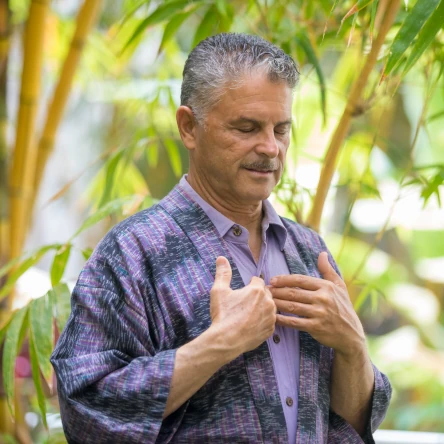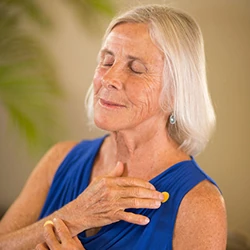To begin practicing acupressure, start by familiarizing yourself with the
key points and meridians.
Books, DVDs, and
online courses provide step-by-step instructions for self-acupressure formulas designed to relieve stress, pain, and energy imbalances. Incorporating acupressure into your routine supports relaxation, promotes healing, and complements other therapies like acupuncture, chiropractic and physical therapy.
For those interested in energy work, your healing practice can be enhanced by combining
acupressure with Reiki for instance. By focusing on points where Qi flows most freely, you can achieve profound physical and emotional balance, creating a holistic self-care practice rooted in centuries of Traditional Chinese Medicinal knowledge.


